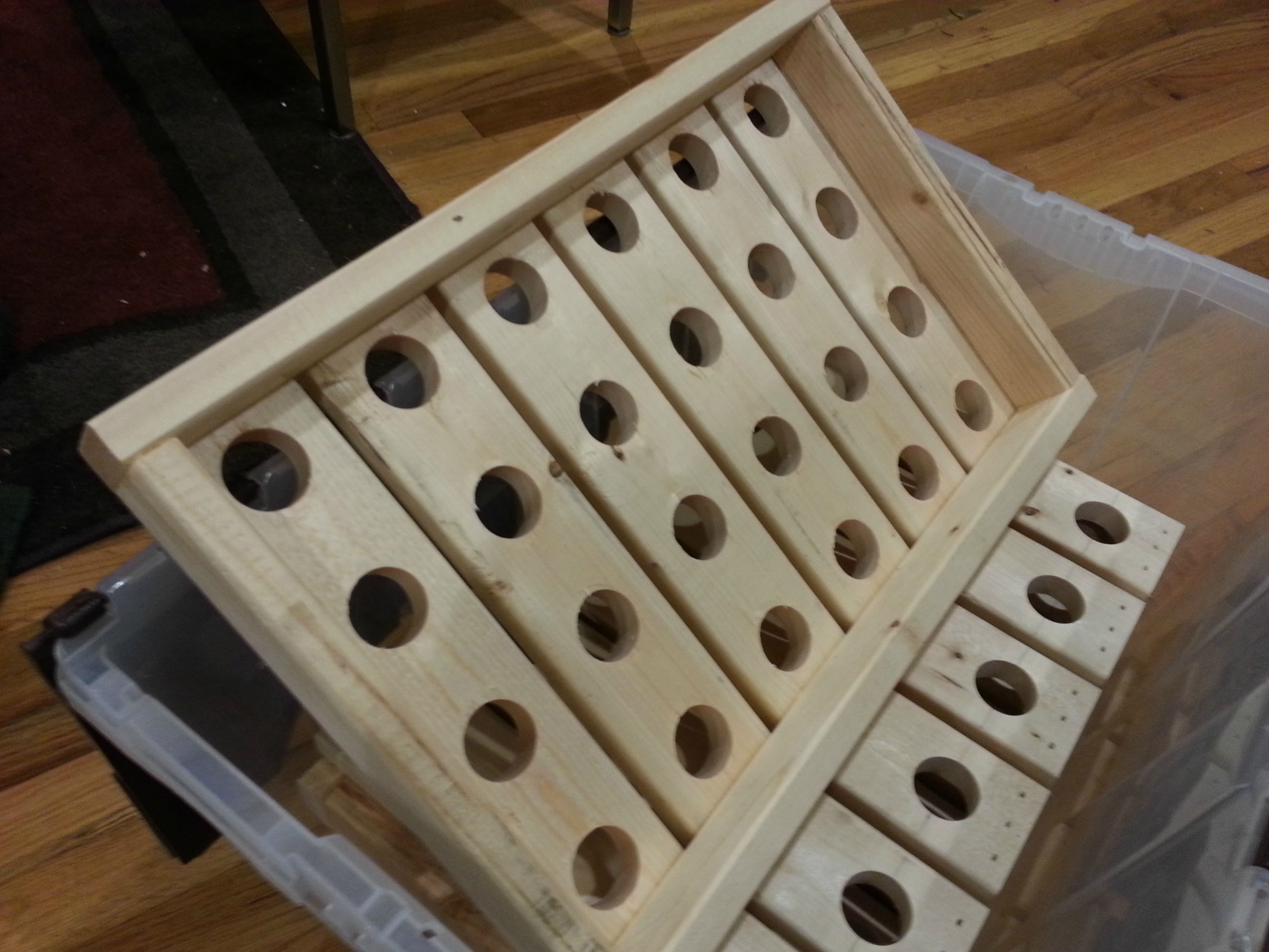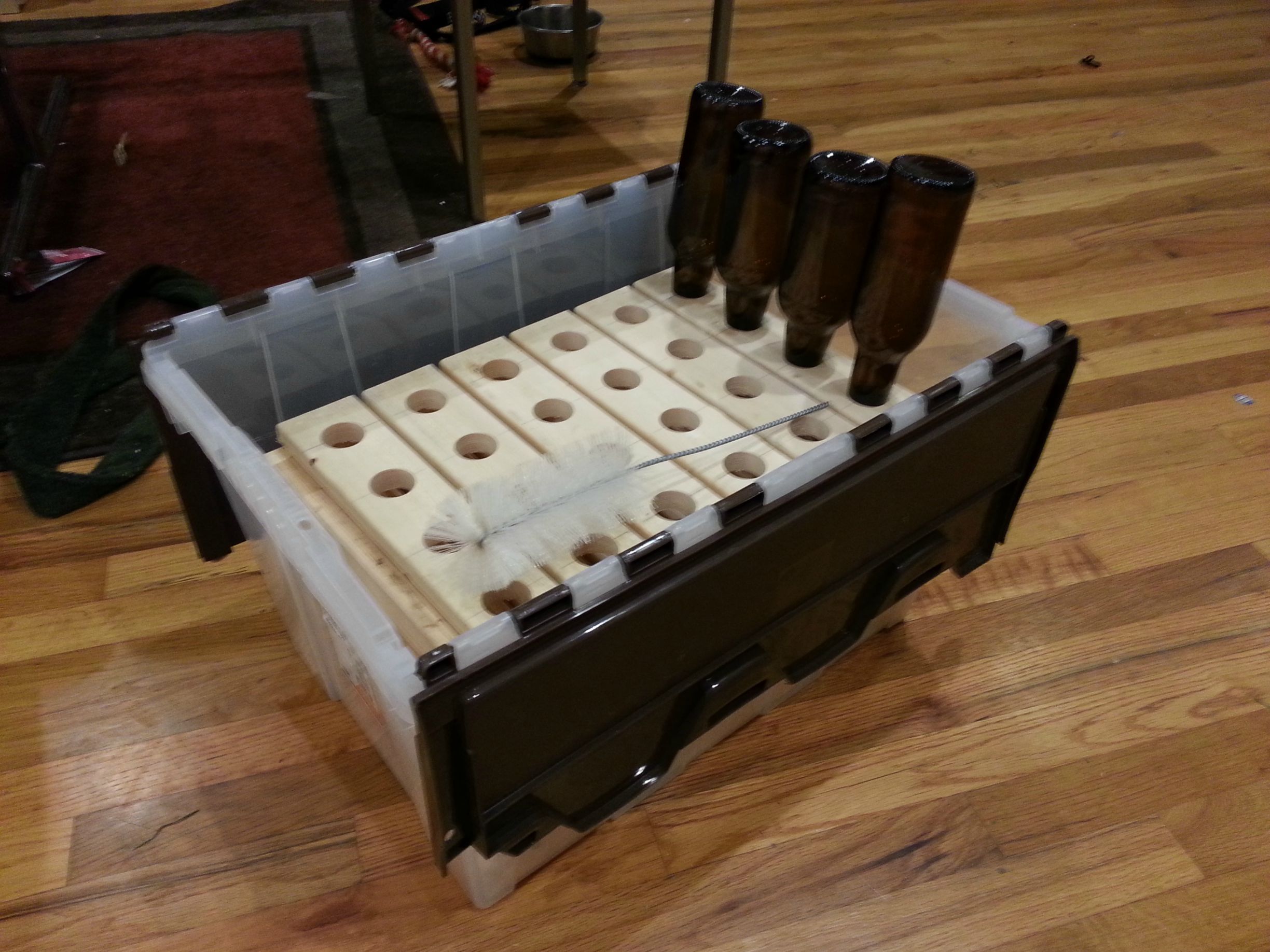Amen to both of these. The most annoying thing about bottling is cleaning and removing labels. Cleaning is way easier with a jet bottle rinser. Even horrible moldy ones come clean easily - I cleaned 4 cases of nasty bottles in an afternoon when I got my washer.
Removing labels is optional, but I find soaking them in a bucket of hot water for an hour makes them come off easily.
Other than that the only annoying thing to me about bottling is waiting thru two dishwasher cycles before starting. First one to do all the dishes that were left in the sink, and then one to sanitize the bottles. I either will convince SWMBO to do dishes while I'm at work, or I'll buy a Vinator... Not sure which is cheaper.

Once the bottles are clean, just have to boil priming sugar, dump into bottling bucket, rack to bucket, then fill, cap, and write label in sharpie on cap. I can be done in 45 minutes. Kegging sounds like a hassle and a half.
Best thing about bottling is taking it with you, and having lots of variety! I'm on
Vacation in vermont this week, and brought 2 cases comprising 10 different kinds! Do that with a keg!




